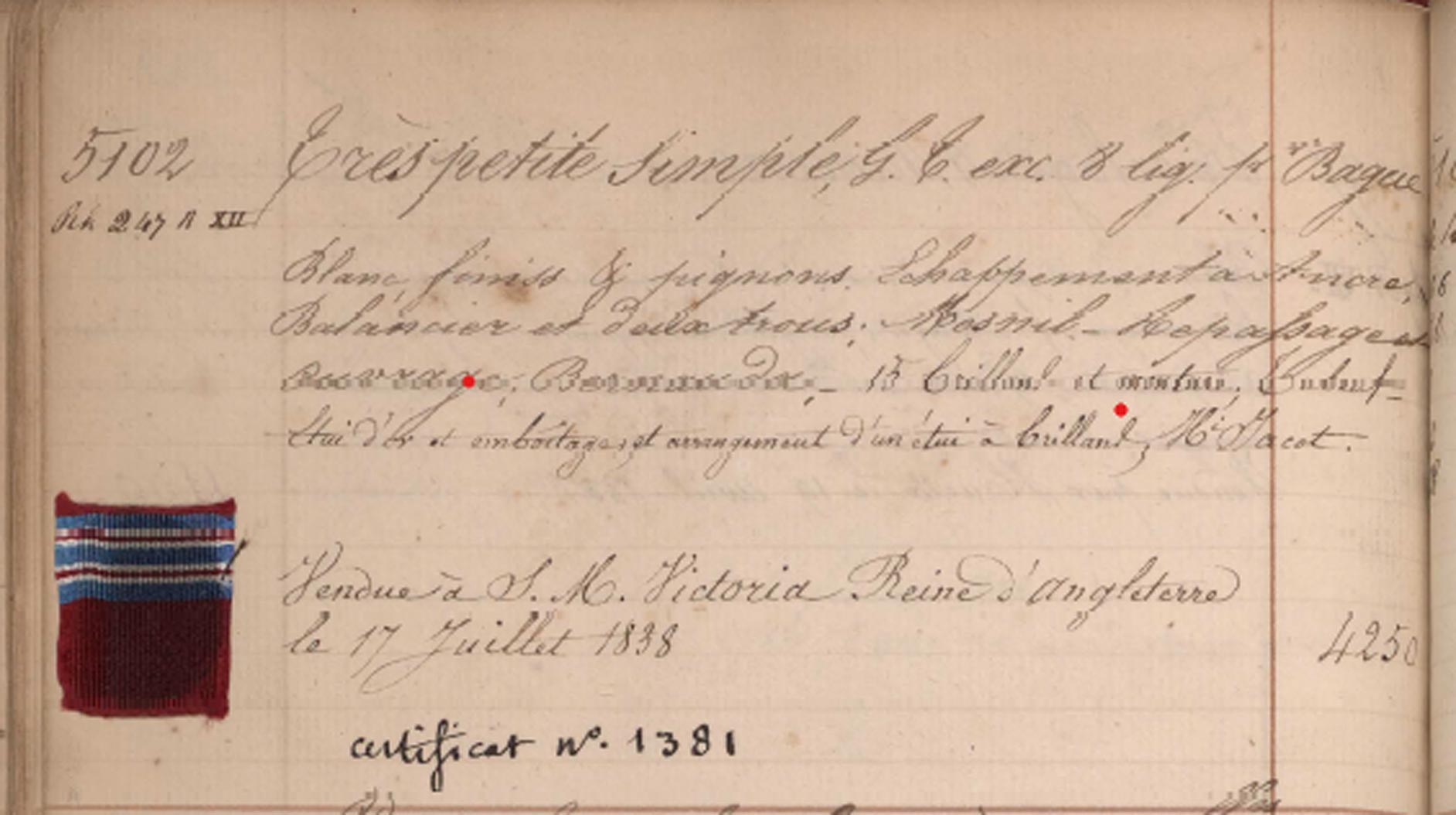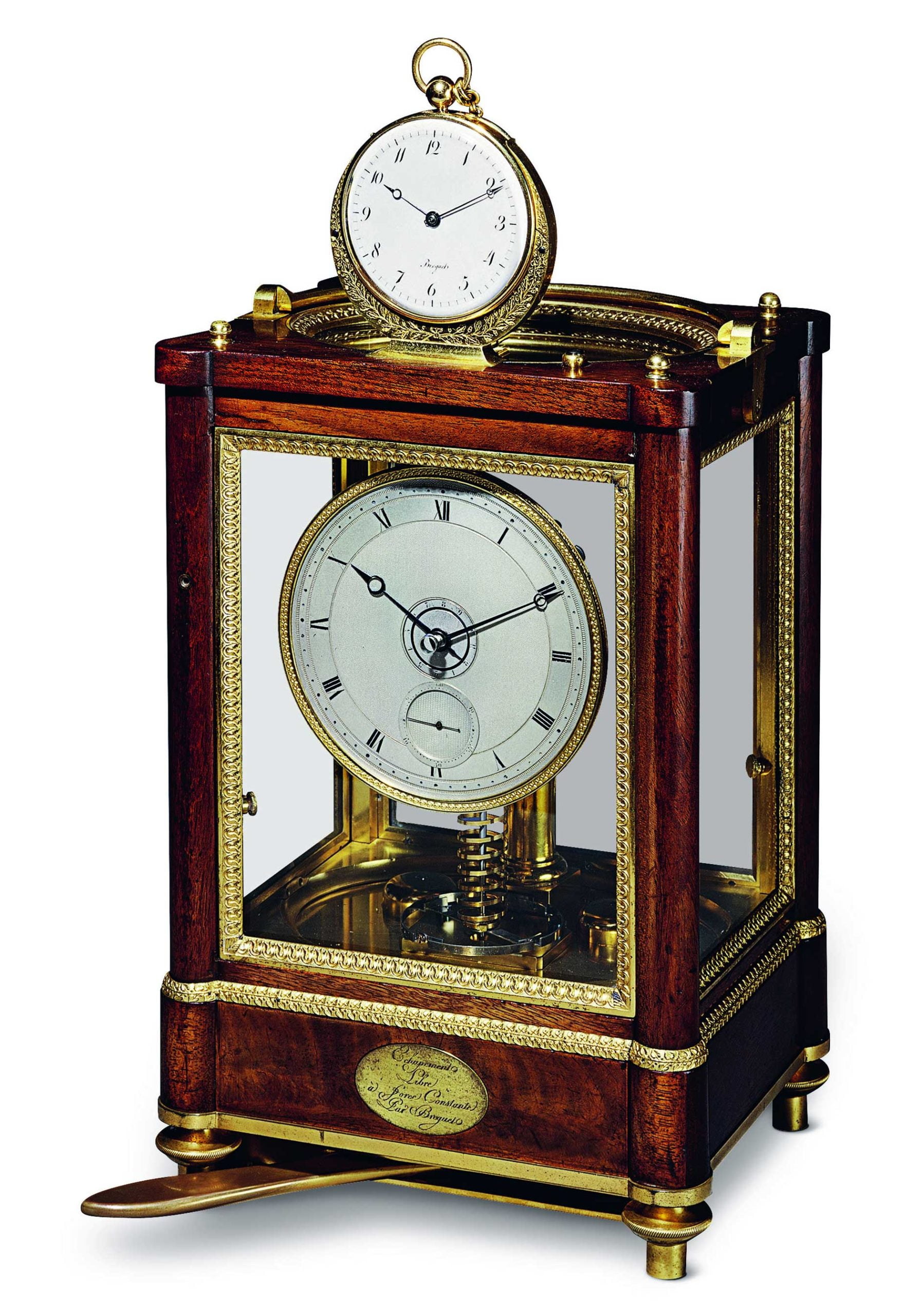Breguet and the English Court

Presenting Partner Montres Breguet: A long-standing relationship with the English Court
At a time when the entire world witnessed the coronation of the King Charles III, we wanted to highlight the long-standing links between the House of Breguet and the United Kingdom, particularly with its royal family.
George III (1738-1820), who reigned from 1760 onwards, was one of Breguet’s first clients in the 1780s; England was indeed a pioneer in taking an interest in the already distinctive work of this young man hailing from Neuchâtel. While on business in London in the spring of 1789, Abraham-Louis hoped to obtain settlement of payment arrears from the Court and to sell other timepieces either to the King or to his son the Prince of Wales, the future George IV (1762-1830). That is indeed what happened. Both father and son swore by Breguet, at a time when London was full of talented watchmakers… The technical avant-gardism and chic elegance of the Breguet style greatly appealed to them. These enlightened clients acquired some of the master-horologist’s finest models. The Breguet No. 1297 Tourbillon watch sold to George III in 1808 was the third of its kind to emerge from the Quai de l’Horloge workshops. It was auctioned in 2020 and considered by British authorities to be worthy of being part of the national heritage. The future George IV, who served as Prince Regent on behalf of his ailing father, also purchased a tourbillon. That was in 1814 and this tourbillon was perhaps the most prestigious of all; a sort of large-sized demonstration model that Breguet had mounted on a cone. The maestro agreed to part with this timepiece, which he had exhibited many times. He could refuse nothing to this future king, a great lover of art and culture, who was perhaps the finest watchmaking connoisseur among all Breguet’s clients.

Breguet Pendule Sympathique No. 666, which was started in 1799 and sold to the Prince Regent of England in 1814. The Royal Collection
That same year, the Prince Regent – his official title at the time – acquired the Pendule Sympathique No. 666/721, which is still used by the Royal Family at Windsor Castle. With the formal permission of Queen Elizabeth II (1926-2022), it was loaned to the Louvre Museum in 2009 for the major exhibition “Breguet, An Apogee of European Watchmaking”. This meant removing it for three months from the bedroom of her husband Prince Philip, Duke of Edinburgh (1921-2021)! Not only that, but the Prince Regent, who became King George IV in 1820, also purchased a two-movement long-case regulator clock (still in the Royal Collection inventories) as well as a two-movement resonance watch and several other timepieces, including a gold carriage clock. Breguet also became a supplier to two of the monarch’s brothers, the Duke of York and, above all, the Duke of Cambridge (four timepieces, including a twin-barrel à tact watch), as well as to his first cousin the Duke of Gloucester. Many English officers who had fought against Napoleon’s troops became customers, such as the Duke of Wellington. The general indeed bought almost as many Breguet watches and clocks as the King! Already very much in vogue in England – even during the Napoleonic wars which made it very difficult to deliver watches across the Channel – Breguet became very fashionable in the United Kingdom, where he sold no fewer than 230 timepieces between 1814 and 1823. Although not officially granted this title, Breguet was undoubtedly the watchmaker of the Court and its very elegant courtiers. Shortly thereafter in 1830, William IV (1765-1837) succeeded his brother and continued his purchases from Breguet.
Some time later, on 27 July 1838, the company delivered the Breguet No. 5102 watch to the young Queen Victoria, a very small and extremely thin timepiece with an off-centre dial, featuring winding via a knurled button – a function still very unusual for the time and introduced by Breguet in 1830. There is no record of whether the Queen wore this watch throughout her very long reign, which lasted until 1901. Her son, the Prince of Wales and future Edward VII, also visited the House of Breguet during his frequent stays in Paris. In turn, the Duke of Windsor and former King Edward VIII, who settled in Paris after his abdication, was also a regular at 28 Place Vendôme. As for the new King Charles III, who will be crowned in a few months’ time, he has sometimes worn a contemporary Breguet watch from the Classique collection. The Breguet Museum is now fortunate enough to possess a royal watch steeped in history, Breguet No. 4420. Acquired by George IV in 1825, it was given by the King to one of his relatives, the Duke of Hamilton, whose daughter Mary-Victoria married Prince Albert I of Monaco, great-grandfather of Prince Albert II. Going back to an even earlier time, it is worth mentioning the early purchases of the Spencer family, who were Breguet patrons more than two centuries ago. They are the direct ancestors of Princess Diana (1961-1997), mother of the current Prince of Wales and the Duke of Sussex, who thus have the blood of a double lineage of very enthusiastic Breguet customers coursing through their veins on both the paternal and maternal side.